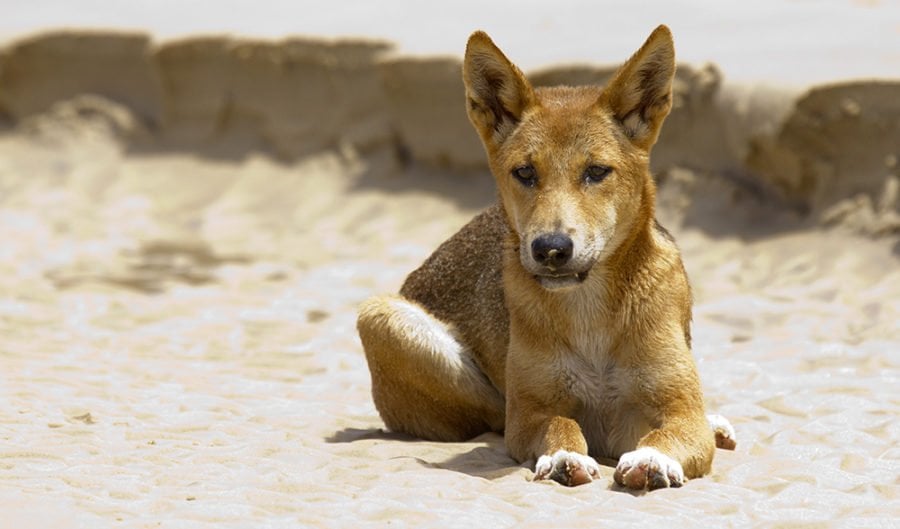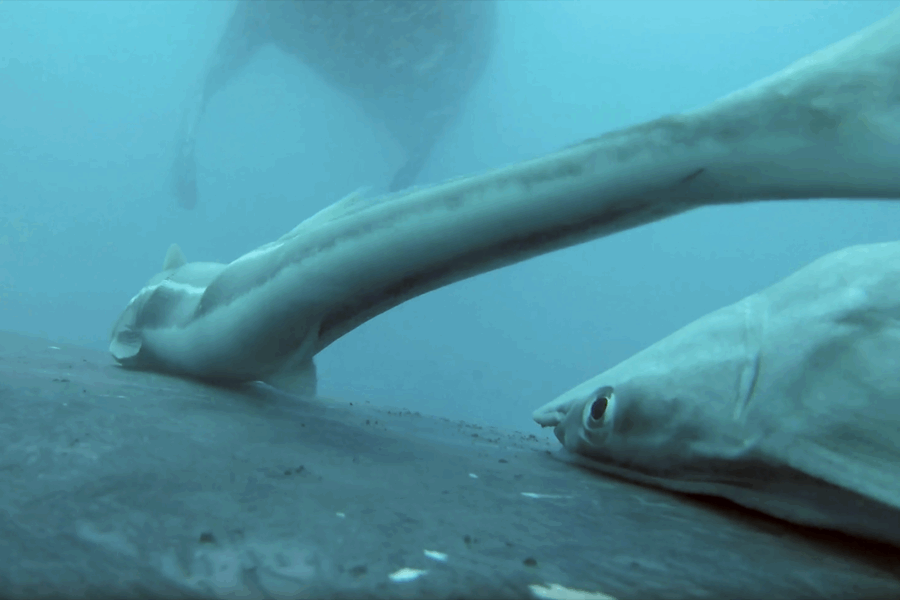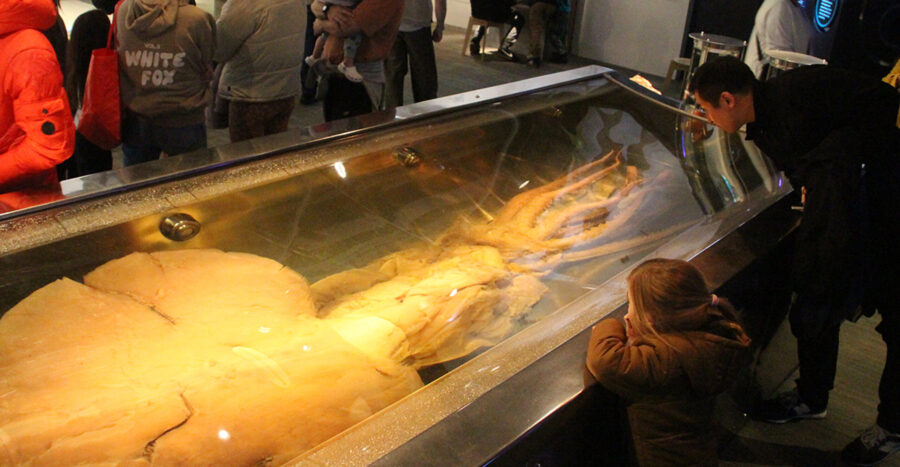Dingo declared a separate species

WHEN THE FIRST Australian governor, Arthur Phillip, landed on Australian shores in 1788 he documented the first written physical description of the dingo.
Formalised by German naturalist Friederich Meyer in 1793, this one-paragraph description of Australia’s native canid has remained unchanged ever since, despite the limited level of detail included.
That is, until March 2014, when an international team of scientists, including conservation biologist Dr Mike Letnic from the University of New South Wales in Sydney, established a more detailed physical description of genetically pure dingoes.
The research published in the Journal of Zoology, is based on data collected from 69 forensic specimens predating 1900, before dingoes had come into contact with domestic dogs.
For the first time in its mysterious history, the purebred dingo has a benchmark physical description. And it reveals that many of our perceptions of the physical attributes of pure dingoes are untrue.
Yellow dingoes not the only purebreds
“Common folklore is that pure dingoes are only yellow in colour, like most of the ones on Fraser Island,” Mike says. “But this is simply not true. We found that dingoes can be tan, dark, black and tan, white, or can have the sable coloration typical of German Shepherd dogs.”
The outdated description of dingoes has meant purebreeds may have been culled under a false premise, contributing to its decline.
Often blamed for the loss of livestock, presumed hybrid dingoes have been culled in Australia under the assumption that any dingoes not yellow in colour are not purebred, and therefore not protected.
But when it comes to determining purity of dingo bloodlines colour is not a reliable characteristic as non-yellow dingoes existed long before Europeans arrived with dogs, Mike says. “We showed that there was all this [colour] variation possible.”
Mike says that biodiversity in Australia will be affected by false assumptions about dingoes’ purity. “Dingoes play an important role in maintaining the integrity of our ecosystems,” Mike says. “It’s not just the foxes and cats that change ecosystems; it’s the kangaroos too and dingoes help to keep those numbers in check.”
Dingo given its own species status
The study has also resurrected the name Canis dingo signifying that dingoes should occupy their own place on the evolutionary tree.
Canis dingo was the scientific name originally proposed by Meyer; however, as scientists struggled to establish exactly how the Dingo came to inhabit Australia, or determine its genetic lineage, other names such as Canis lupus dingo (indicating a connection to the wolf – lupus) and Canis familiaris dingo (implying domestication) were used.
“In the 1980’s it became the fashion to treat domestic animals as subspecies of what the wild species were,” Mike says. “The Dingo was recognised as a potential ancestor of the domestic dog, but domestic dogs were previously thought to have derived from wolves so the issue became really cumbersome.”
Lyn Watson, a cynologist from the Dingo Discovery and Research Centre says confusion over the dingo’s scientific name has hindered conservation work. “Domestic dogs were never likely to be considered for protection,” she says.
But Lyn hopes that by resurrecting the official scientific name Canis dingo, recognition of the species in Australian legislation will follow. “In 250 years of Australian history, the dingo has never been closer to protection,” she says.




